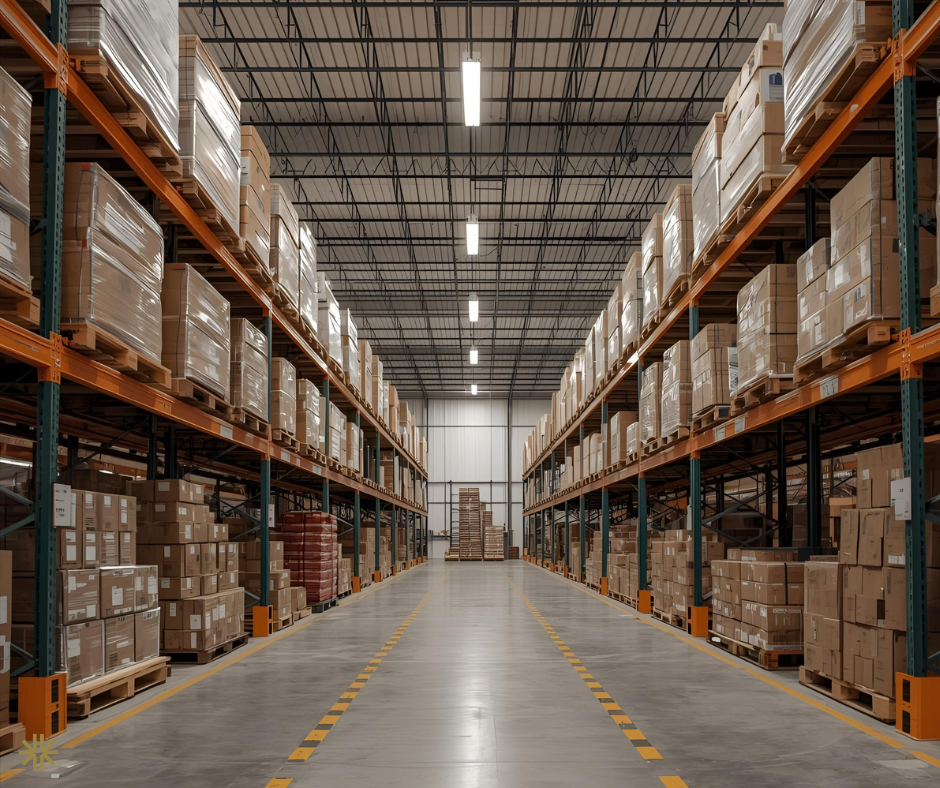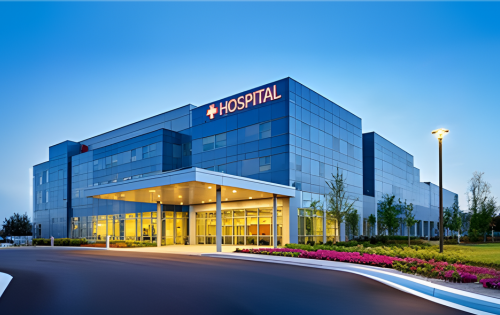
When Seconds Matter: Strengthening Security in Retail & Distribution
Retail and distribution facilities operate in a world where seconds define success or loss. A delayed security alert can mean thousands in stolen goods. A gap in access control can expose employees to risk. A lapse in monitoring can disrupt operations across an entire supply chain.
In an era of increasing customer demand, labor shortages, and organized retail crime, the question is no longer if security systems are needed—it’s how intelligently they respond when every second counts.
From Observation to Action: The New Era of Loss Prevention
Traditional surveillance once meant passively watching and reacting after incidents occurred. Today, the evolution of video analytics and AI-driven insights is transforming loss prevention into a proactive discipline. Intelligent monitoring tools can identify unusual behaviors—such as loitering, concealed merchandise, or unauthorized access—in real time.
For retailers and logistics hubs, this means a shift from reactive incident reporting to predictive protection. The organizations leading the way are those using data and automation to stay ahead of threats before they materialize.
Building Resilience in High-Activity Environments
Distribution centers and retail floors are dynamic, constantly changing spaces. Forklifts move inventory, customers flow through aisles, and thousands of daily interactions happen under one roof. Safety in these environments demands systems that communicate instantly and adapt automatically.
Integrating fire detection, life safety, and security technologies enables organizations to respond to hazards faster and more effectively. The ability to detect, alert, and act in seconds can mean the difference between a contained event and a major disruption.
Access Control as a Strategic Asset
In the retail supply chain, security doesn’t stop at the front door. Access control defines who can enter, when, and for what purpose—safeguarding both people and product integrity. When paired with video verification and digital credentialing, it becomes a cornerstone of accountability and compliance.
For operators managing multiple locations, centralized management of access rights offers visibility across the enterprise—reducing risks while simplifying oversight.
A Connected Approach to Protection
As retail and distribution environments grow more complex, siloed systems are no longer enough. The future lies in connected, data-driven safety ecosystems that integrate video, access, and life safety technologies into a unified response network.
This connected approach doesn’t just protect assets—it strengthens resilience, minimizes downtime, and ensures continuity in environments where timing is everything.
Key Takeaway
Security in retail and distribution is evolving from reaction to intelligence. The next generation of safety infrastructure will rely on speed, integration, and insight empowering organizations to anticipate risk and Protect what matters most.



